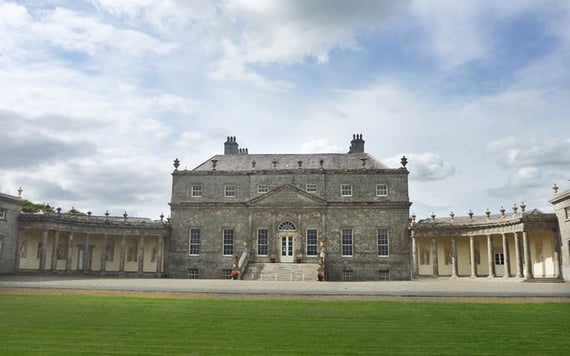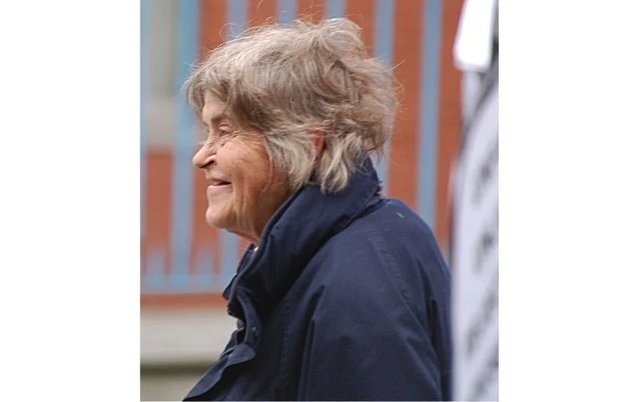Rose Dugdale, the daughter of a London millionaire who became a member of the provisional IRA, has passed away aged 83.
Dugdale died at a nursing home in Dublin on Monday, March 18.
During her career with the Irish Republican Army (IRA), she was jailed for nine years for her involvement in the Russborough House art heist in Co Wicklow and hijacking a helicopter. She had a child while in hospital and retreated from public life after her release.
A 2022 biography by Seán O'Driscoll, "Heiress, Rebel, Vigilante, Bomber," also claimed she was responsible for making one of the largest bombs used by the IRA during the Troubles.
Dugdale's life journey traversed from the privileged echelons of British society to the radical ranks of the IRA. Dugdale hailed from a wealthy and aristocratic background, the daughter of Sir John Dugdale, a baronet, and Lady Elizabeth Dugdale.
Educated at the prestigious Wycombe Abbey School and later at Girton College, Cambridge, Dugdale demonstrated academic prowess, earning a degree in Philosophy, Politics, and Economics.
In 1966, Dugdale embarked on a pivotal trip to Cuba, where she encountered the revolutionary fervor of the time. This experience ignited her activism and radicalized her views. Upon returning to England, she became involved in various leftist causes, including the Campaign for Nuclear Disarmament (CND) and the anti-apartheid movement.
However, it was her association with the IRA that would thrust her into the spotlight of notoriety. In 1973, Dugdale orchestrated one of the most audacious acts of her life – the theft of 19 paintings, from the mansion of Sir Alfred Beit, Russborough House, in Co Wicklow.

Russborough House, in County Wicklow.
The haul included a Vermeer, a Goya, two Gainsboroughs, and three Rubens. The stolen paintings, worth £8m, were intended to be used as leverage to secure the release of IRA prisoners.
Dugdale's involvement in the heist led to her arrest and subsequent trial, during which she famously defended herself, delivering impassioned speeches that captivated the public imagination. Despite facing serious charges, Dugdale remained defiant, refusing to express remorse for her actions.
She was convicted and sentenced to nine years in prison. While in prison she gave birth to a son and also married fellow republican, Eddie Gallagher.
Following her release from prison, Dugdale retreated from the public eye, living a more reclusive life.
Seán O'Driscoll's "Heiress, Rebel, Vigilante, Bomber" explores the fact that Dugdale was a prominent IRA bombmaker responsible for the largest bomb used in the Troubles. The book partly based on interviews with Dugdale, claims that the heiress helped develop bombs that were used in an attack on the Baltic Exchange in 1992, which left three people dead.
The book also contends that Dugdale built a bomb for an attack on the London Docklands in 1996, leaving two more dead.
Dugdale told O'Driscoll that she was also responsible for a 2,500 lb bomb used in an attack on an Armagh barracks, in 1991, which left three British soldiers dead. The heiress claimed that the bomb was the biggest ever built during the Troubles.




Comments